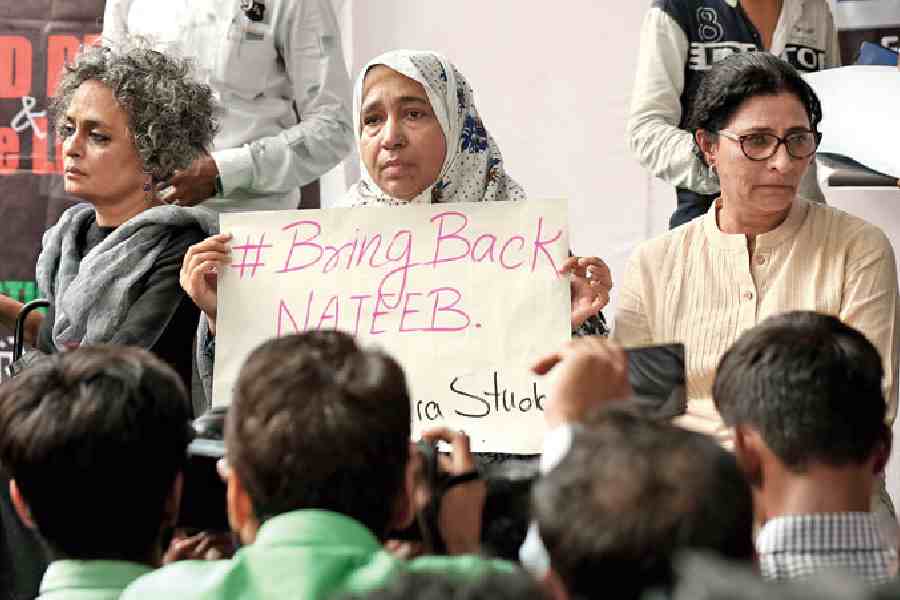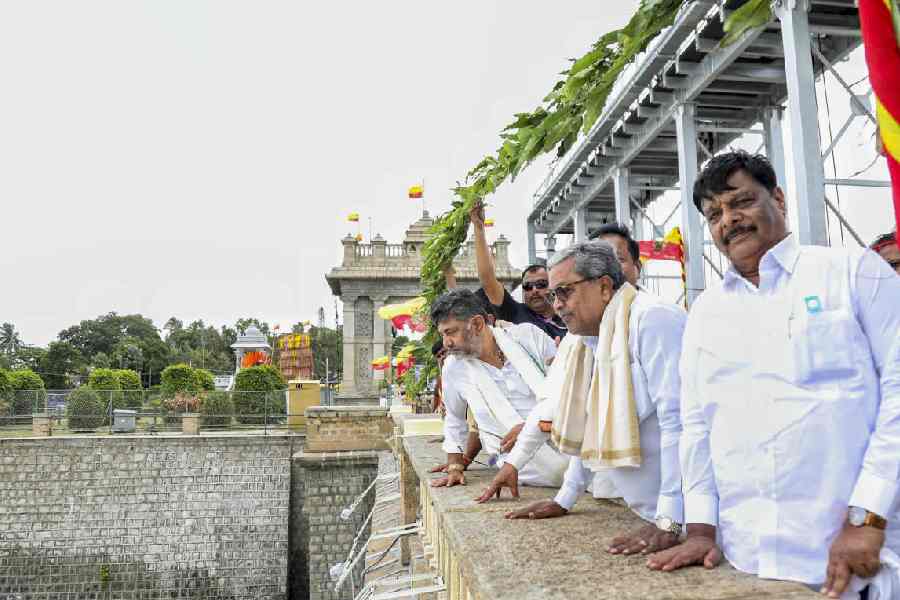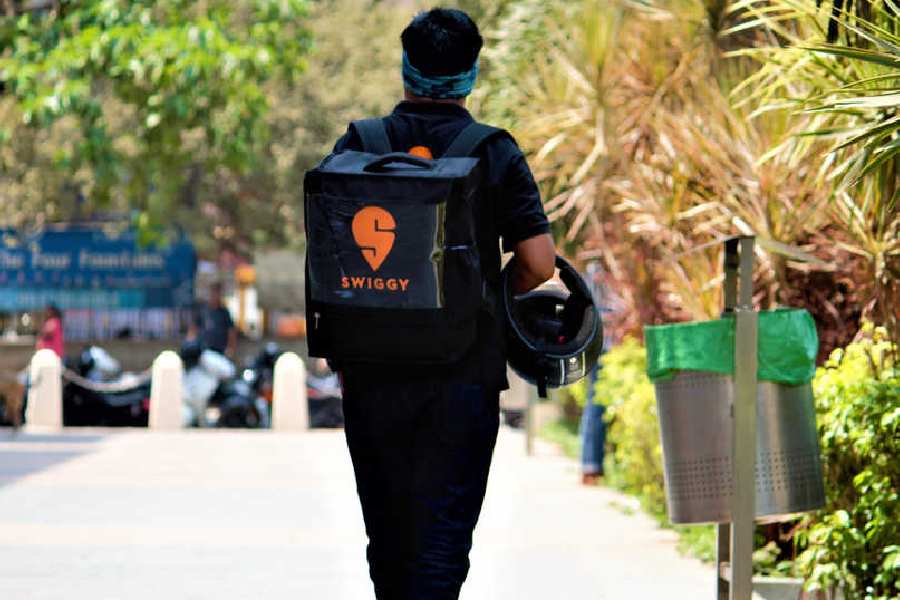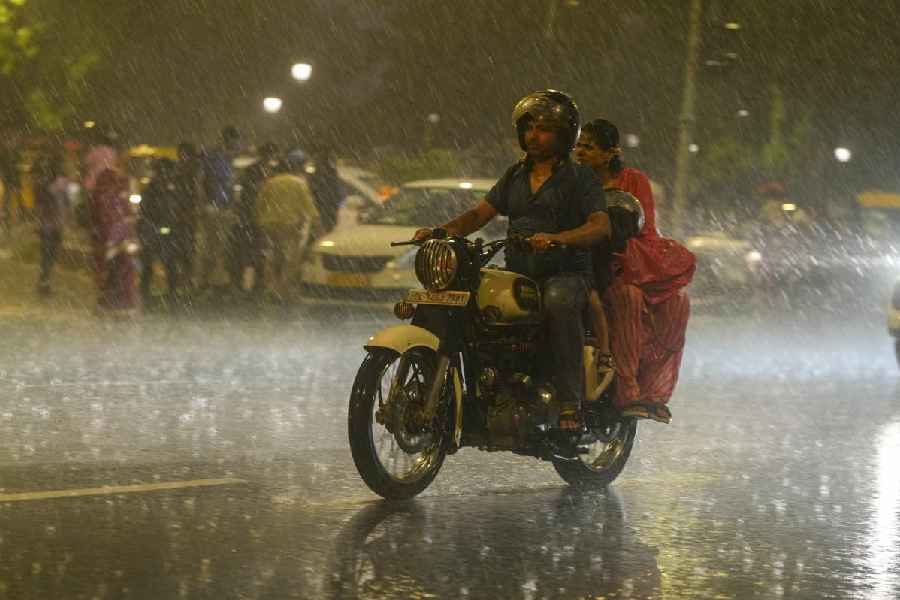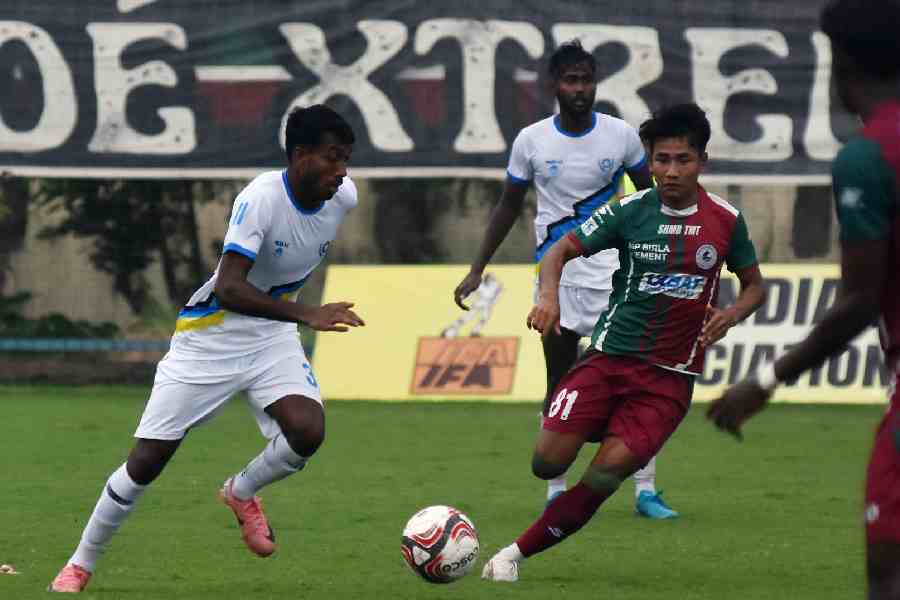Salt Lake, Park Street, Burrabazar, Baguiati and some other parts of Calcutta are at severe risk of seismic damage during earthquakes and require revised building protection codes, a report released on Monday by the earth sciences ministry has cautioned.
The report - an outcome of the first-ever exercise to delineate levels of seismic hazard posed by nearby or distant earthquakes in different parts of Calcutta - has also identified areas near Alipore, Behala, Dum Dum and Jadavpur as high-risk zones.
Scientists say the atlas-like report on seismic hazard and vulnerability is intended to serve as a guide to structural engineers, who can use it to determine how best to protect existing and upcoming buildings and other structures.
The atlas - released by Union science, technology, and earth sciences minister Harsh Vardhan on Monday - provides a finer segregation of seismic hazard risks than available under the existing classification, which puts all of Calcutta in Zone 3.
"We've refined the risk estimates but some areas will need revised building protection codes," said Sankar Kumar Nath, professor of geophysicist at the Indian Institute of Technology, Kharagpur, who led the five-year risk assessment, also called microzonation, exercise.
The report has combined location-specific seismic hazard risk and types of buildings across the city to estimate that about a third of Calcutta's over 554,000 buildings will suffer "moderate" damage and 26 per cent will suffer "complete" damage under the impact of an earthquake with a magnitude between 6 and 6.8 on the Richter scale within 200km of the city.
Using a mathematical model that also takes into account population distribution in the city, the report has predicted human casualties at different times of the day or night. A quake at night, when 98 per cent of the people would be expected to be sleeping, is likely to injure over 245,000 people and kill over 21,000, the report has predicted. The estimates are lower for daytime quakes.
Minister Harsh Vardhan, who also released a report for Delhi, said the ministry would launch a similar hazard assessment effort in 30 other towns and cities across the country. "We want to use scientific knowledge to enhance human safety," the minister said.
The microzonation effort takes into account location-specific conditions such as geological terrain, soil and bedrock characteristics and underground water channels, among other factors to determine the peak ground accelerations that structures will experience during a quake.
"The higher the expected peak ground acceleration, the greater the protection a building at that location will require," Nath told Metro. His report classifies Calcutta into four broad zones with varying levels of a so-called structural risk index (SRI). Salt Lake, Park Street, and Burrabazar have an SRI between 0.75 and 1.0, corresponding to severe risk, while Behala, Dum Dum, Alipore and Dhakuria are at high risk with SRI values between 0.5 and 0.75. Bally, Kona, Kalighat and parts of west Calcutta are at moderate risk with an SRI of 0.25 to 0.5.
"Microzonation empowers structural engineers with the information they need to protect buildings and other structures," said Ashok Bhatnagar, a seismic hazard expert, formerly additional director in the India Meteorological Department (IMD). The ground acceleration values at specific locations can be translated into building and structural protection codes by engineers. These need to be applied on all new structures, while a process called retrofitting could protect existing structures.
Certain areas - such as where the groundwater table is close to the surface or where underground sediments have high water content - are at risk of a process called liquefaction, which can pose severe seismic danger to structures. "In case of soil liquefaction, buildings can tilt or sink," Bhatnagar said.
The mapping exercise has confirmed that the depth of Calcutta's water table varies from two to seven metres from the surface. Buildings in many parts of Calcutta stand on plots reclaimed from water, Nath said. Parts of Salt Lake and New Town had water bodies.
Scientists from the Indian Institute of Engineering Science and Technology, Jadavpur University and the West Bengal Council of Science and Technology collaborated in the microzonation exercise.
Tremor table
Severe risk: Salt Lake, Park Street, Burrabazar
High risk: Behala, Dum Dum, Alipore and Dhakuria
Moderate risk: Bally, Kona, Kalighat and parts of west Calcutta


